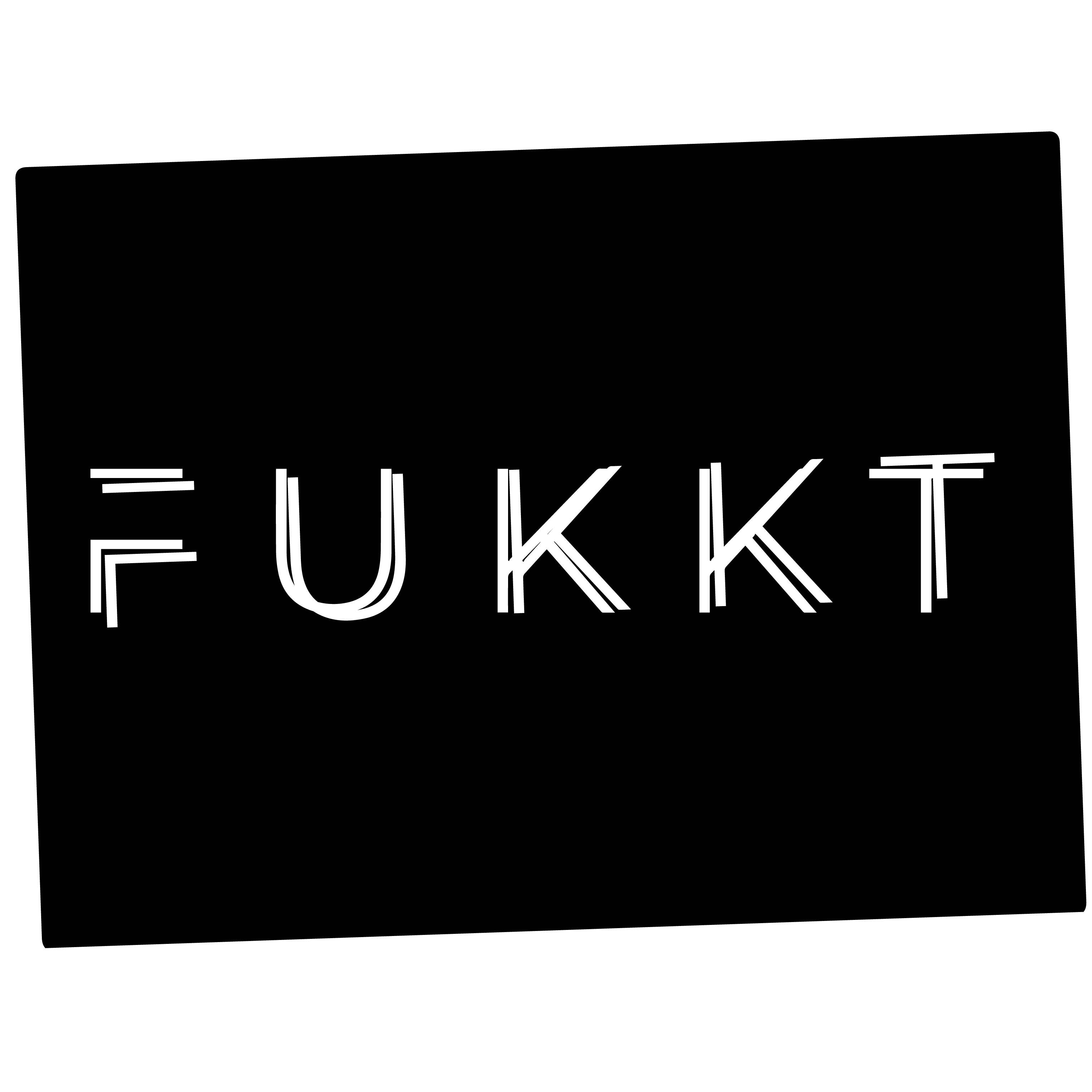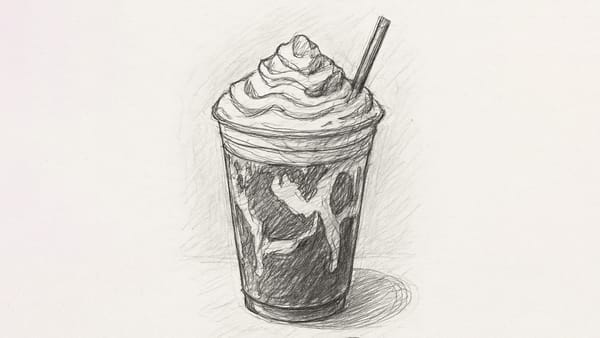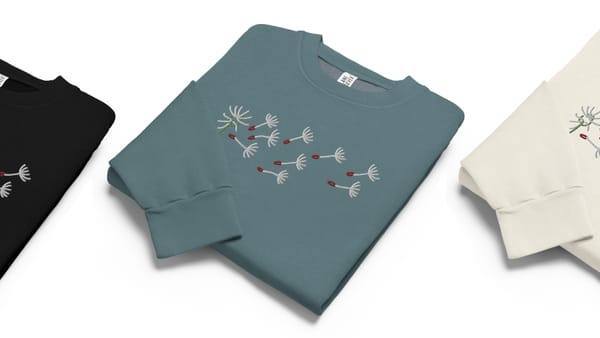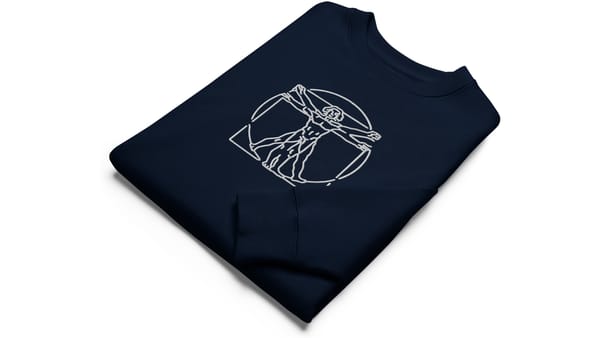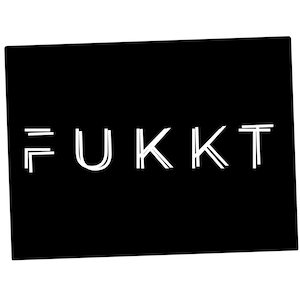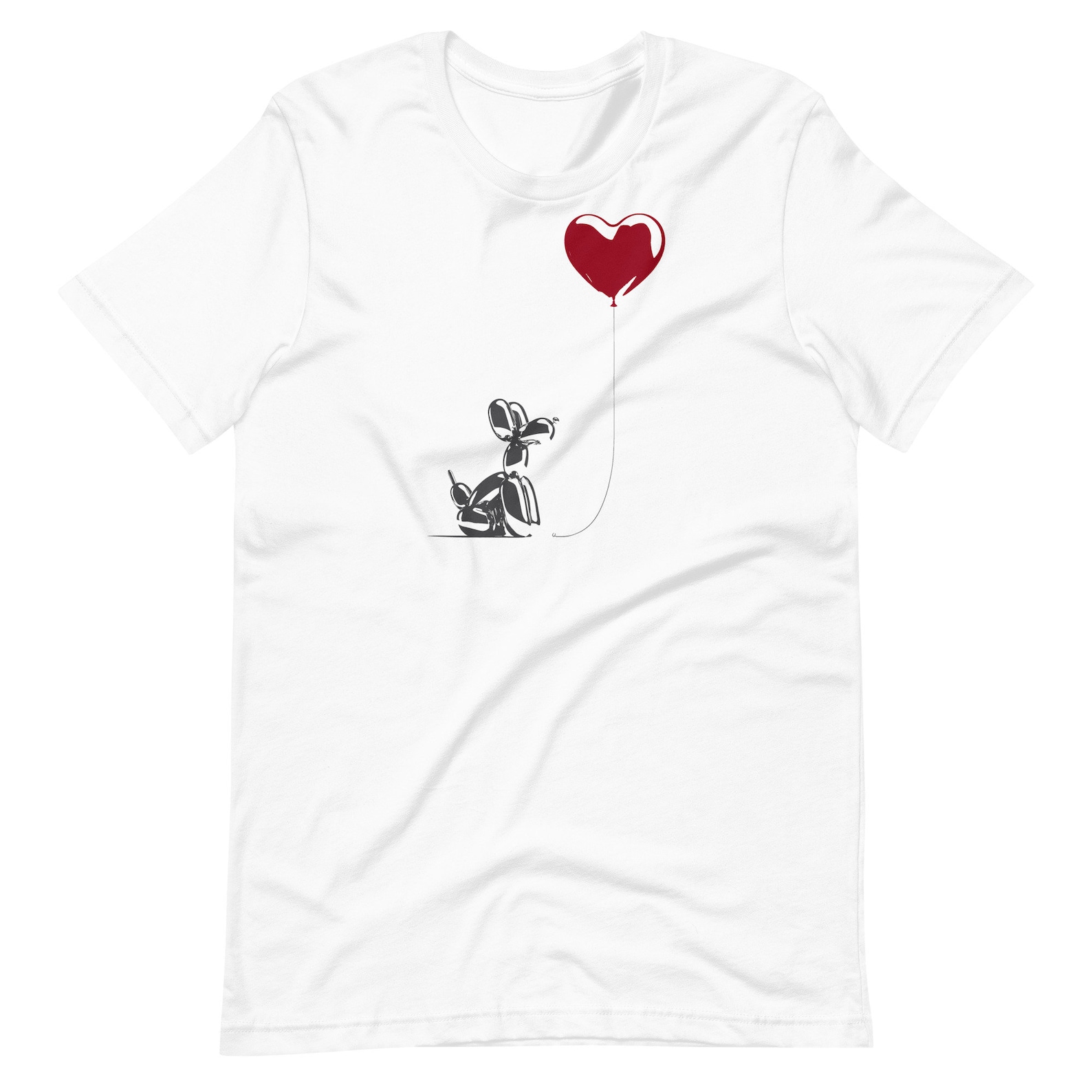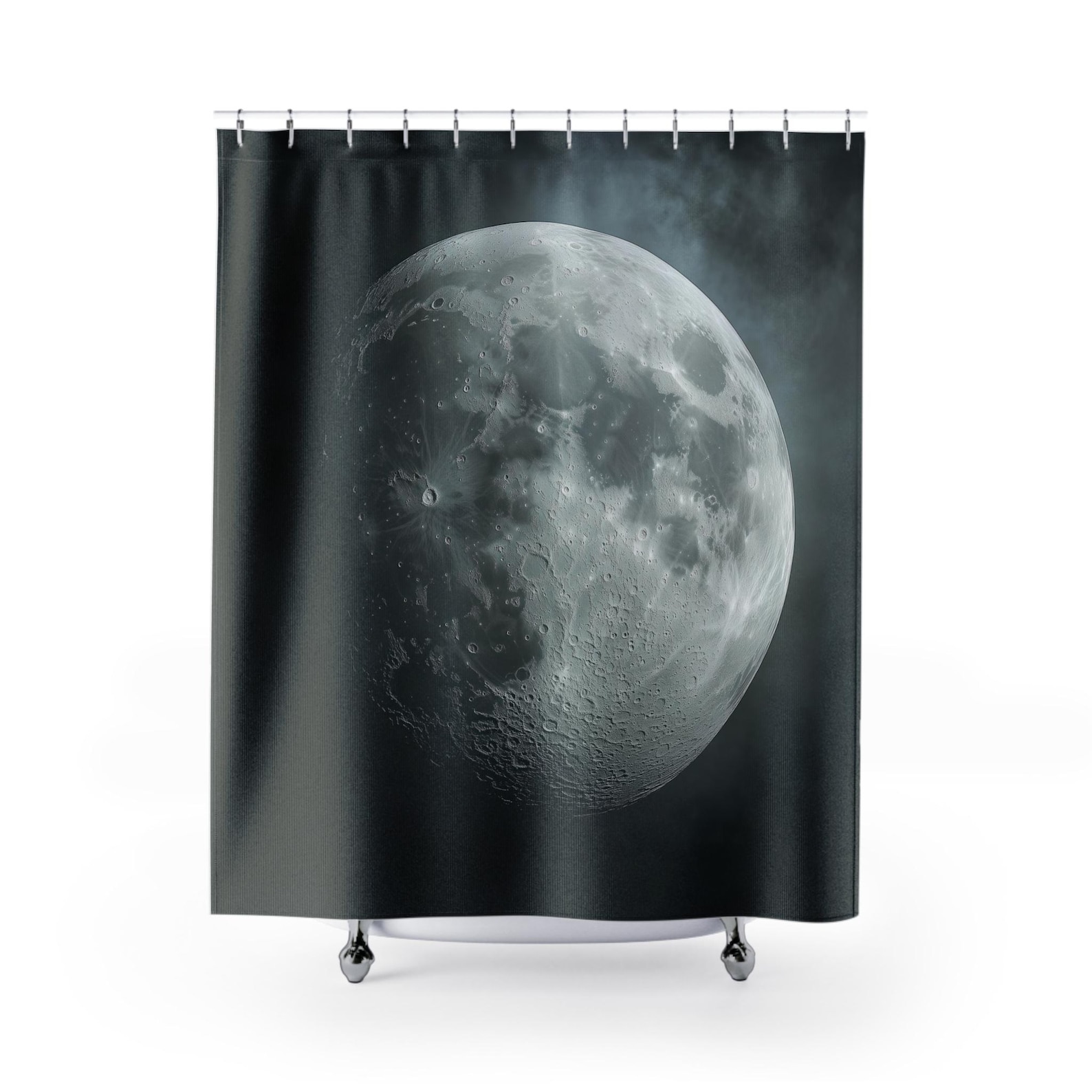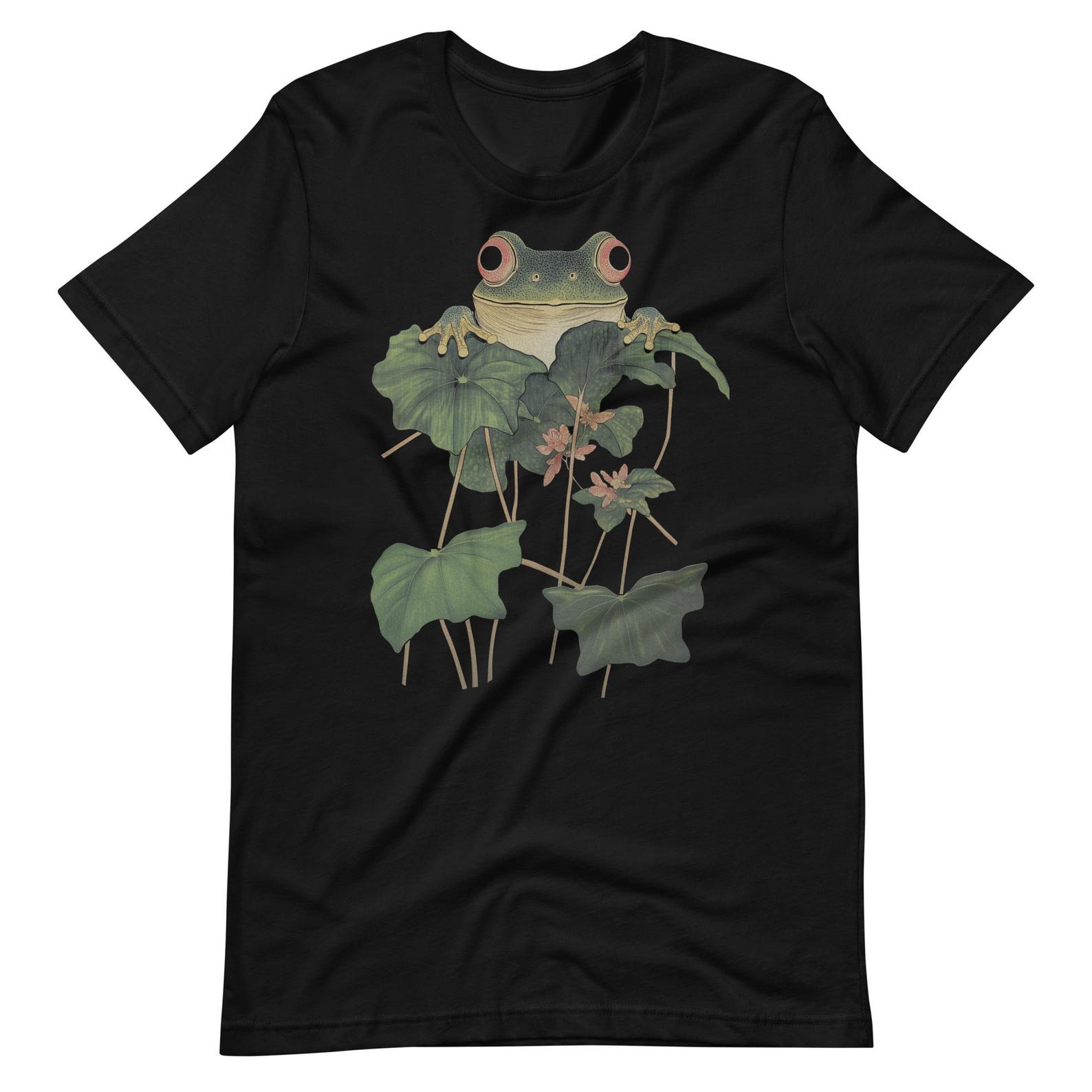When Art Gets Seized
Art is never seized in silence. Every removal leaves behind a trace — not only on the wall, but on the culture that demanded it.
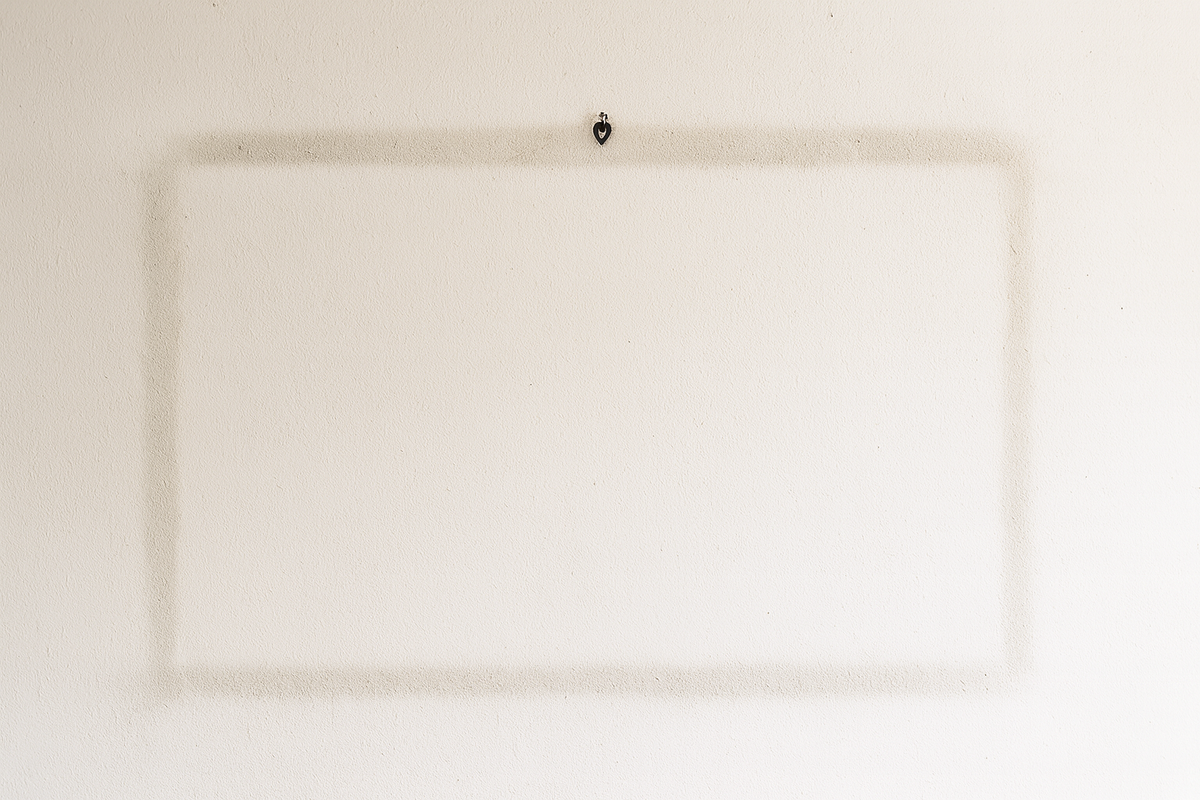
What society’s thresholds reveal about us
When photographs by Sally Mann were seized — a case widely covered by outlets such as NPR and ARTnews — it wasn’t just an attack on an artist; it was society wrestling with its own thresholds.
The line between tolerated unease and official intervention is thinner than it seems.
Seizures and bans have marked art’s history as surely as brushstrokes and negatives. They are reminders that thresholds shift, and that discomfort often shapes the canon as much as beauty does. The irony is that thresholds don’t always align with severity — they align with triggers. A photograph, a gesture, a symbol can provoke seizure, while more troubling realities pass without the same reaction.
History repeats:
- Robert Mapplethorpe’s photographs branded obscene in the 1980s.
- Caravaggio’s paintings hidden away for their violence and sensuality.
- Duchamp’s urinal dismissed as a prank before being crowned a masterpiece.
Every time, the controversy reveals less about the artist and more about the era. The seizures, bans, and moral panics become artifacts themselves.
As artists today, we still work under those shifting thresholds. A painting of dice, a hoodie with a skull, a photograph of a child—each lives inside cultural contexts that change faster than the canvas can dry.
Maybe the real warning isn’t about Sally Mann or any one artist. It’s this: thresholds move. What is seized today may be celebrated tomorrow. What’s applauded now may one day be called dangerous.
Art, caught in that shifting current, survives only by keeping the conversation alive.
